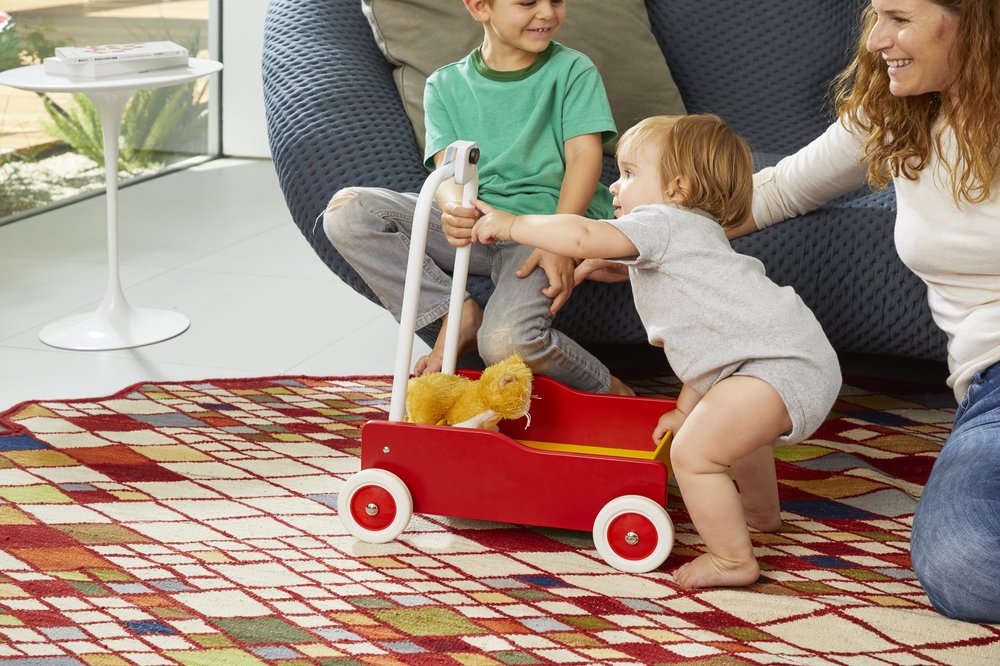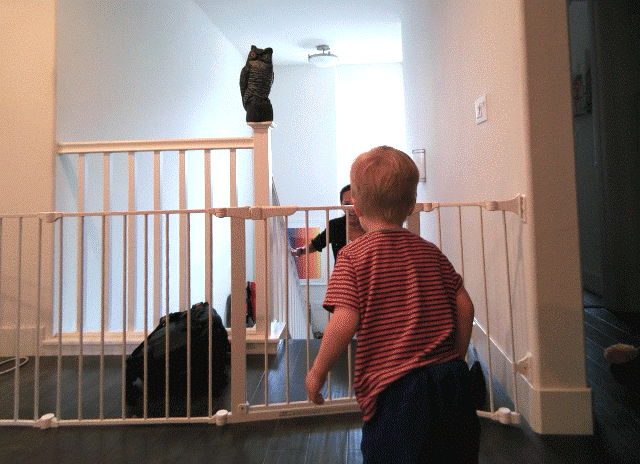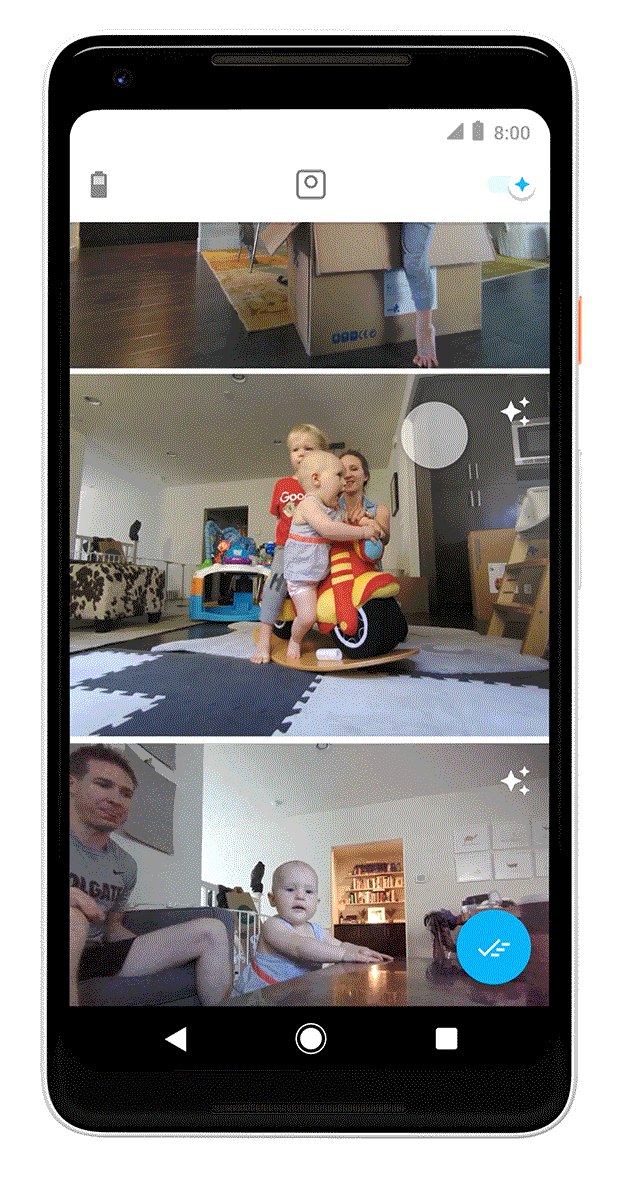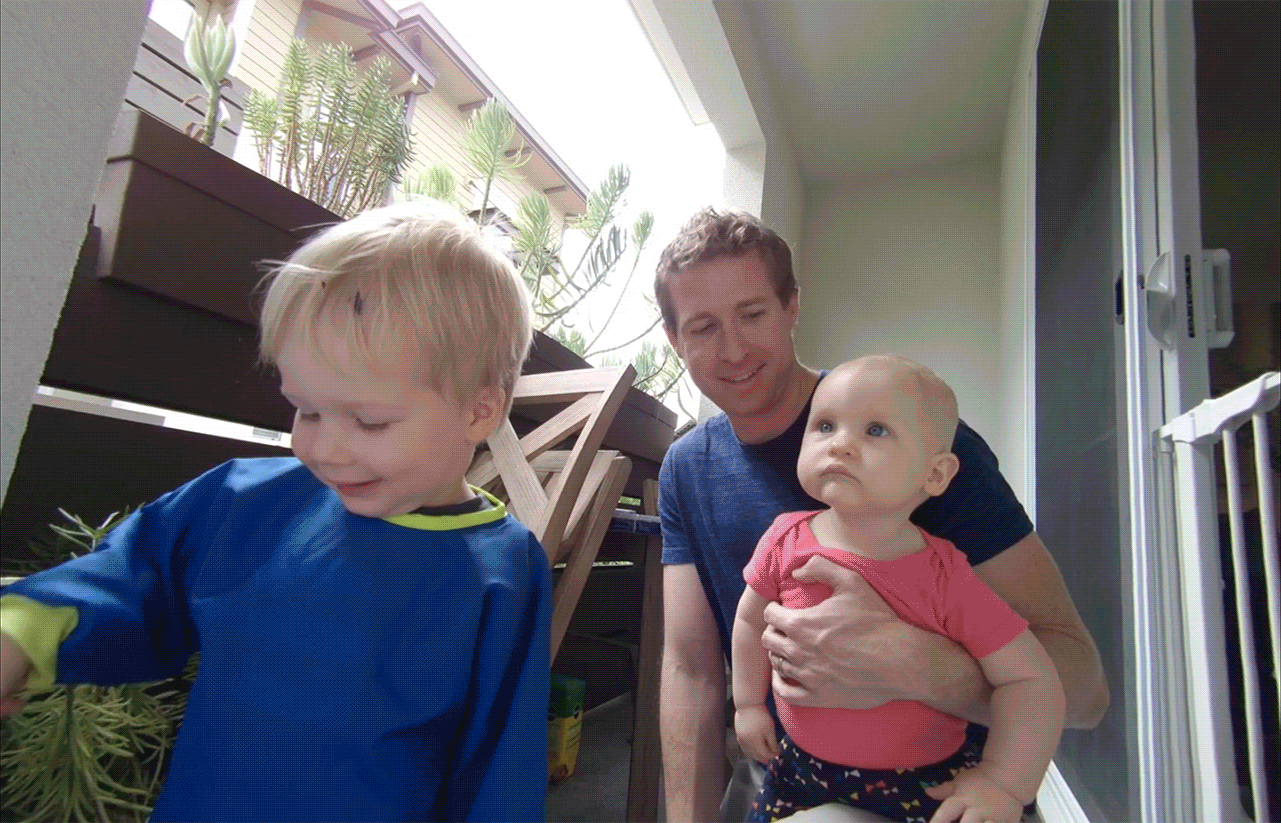Imagine translating instructions into a colleague’s native language in real-time. Or instantly crossing off daily tasks as you complete them. That’s part of our vision for augmented reality (AR), which has the potential to transform how companies and their frontline workers access information and make informed decisions while collaborating with their teams. We’re working to create a more natural and intuitive way to seek, interact with, and use information in the real world through AR.
Today, we are revealing a new early access program focused on bringing more of Google’s productivity apps and collaboration tools to the Glass Enterprise platform. Companies interested in Glass Enterprise most often request AR features that help people communicate and complete tasks. Starting today, we're introducing the opportunity for Google Workspace enterprise customers to partner with us in testing features focused on task completion, communication, and collaboration.
A more connected and efficient workforce with Glass Enterprise
Since 2017, Glass Enterprise has helped companies utilize AR to help employees work smarter, faster and hands-free. Working with software publishers that create bespoke solutions for companies, Glass Enterprise has helped customers like DB Schenker increase warehouse efficiency by 10%. Wendy's used Glass Enterprise to support food safety, quality practices and oversight of suppliers and distribution centers, as well as remote training and education for restaurant team members.
In 2020, we announced Google Meet on Glass Enterprise to give teams a first-person view of the wearer’s perspective — enabling real-time collaboration and problem solving. Since we launched Meet on Glass, remote team members have stayed connected for more than 750,000 minutes. Meet on Glass is generally available to anyone with Glass Enterprise.
Testing new features within our early access program
As part of this program, we’re expanding our productivity and collaboration offerings to include three new features across Google Tasks, language capabilities and photos:
- See step-by-step instructions: Tasks capabilities on Glass Enterprise provide hands-free access to step-by-step instructions to ensure accuracy and efficiency. Using any supported device, a warehouse manager can create a workflow on Tasks and share it directly to a teammate preparing a shipment, who can see and cross-off tasks in real-time on the Glass Enterprise display.
- Enable natural communication: Language capabilities like translation and transcription on Glass Enterprise help a global workforce understand, train and collaborate, regardless of language. This feature currently supports 15 languages with plans to add more in the near future. With Glass Enterprise, an employee who doesn’t share a common language with their manager can see direct translations in their line-of-sight.
- Collaborate securely: Glass Enterprise can now save images directly to your Pixel phone so you can seamlessly capture photos and share them across teams with Google Photos. Wearers can easily back up and share images and videos to check inventory, audit for quality, or diagnose and review equipment while being hands-free.
These capabilities are made possible by a new phone-enabled platform that uses the computing power of Google Tensor silicon on Pixel. This platform delivers more powerful and unique AR graphics and features on the Glass Enterprise display. It’s controlled by the Glass Enterprise Companion App, making it easier for workers to set up and manage settings out of the box.
We look forward to expanding access as we learn alongside our partners in the coming months, and to the release of more helpful AR features in upcoming programs.
If you are a current Workspace customer interested in testing how these new AR tools can benefit your team, apply to join our Glass Enterprise early access program.



